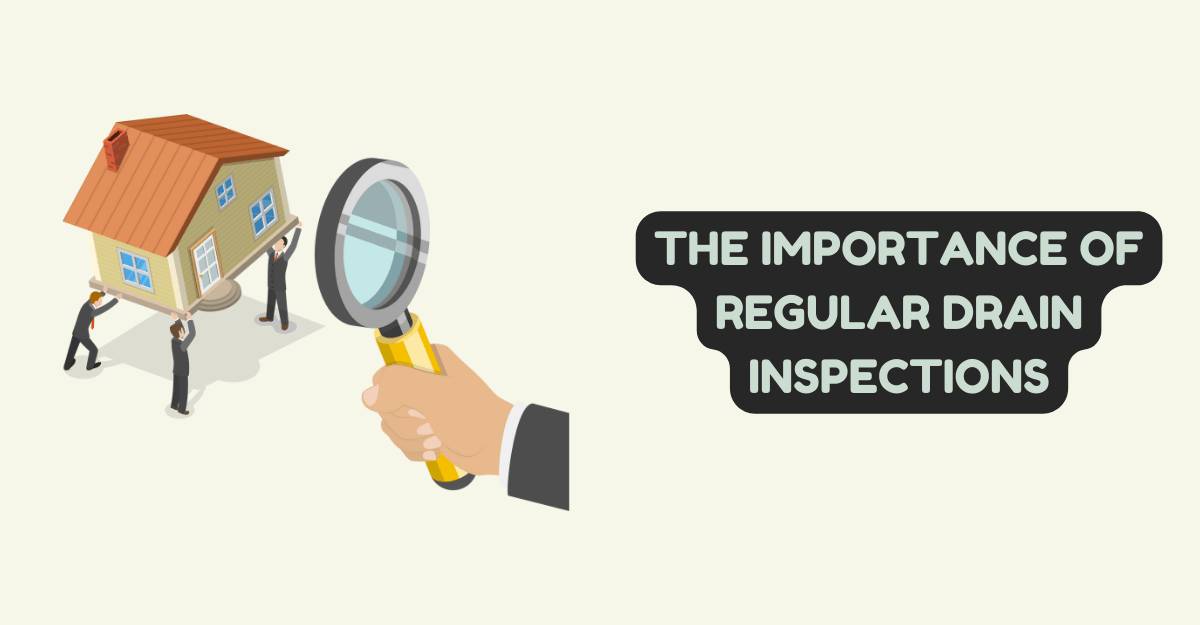
The Importance of Regular Drain Inspections
Ah, the humble household drain. A true unsung hero of modern convenience, diligently whisking away the remnants of our daily lives without so much as a thank-you.
From the early morning shower to the post-dinner kitchen cleanup, our drains are on the front lines, battling against an unending onslaught of soap scum, hair (so much hair!), and the occasional, ill-advised cooking grease. It’s a dirty job, but someone—or something—has to do it.
But what happens when our silent soldiers start showing signs of distress?
A gurgle here, a slow drain there, and suddenly, you’re standing ankle-deep in water, pondering your life choices.
This, dear reader, is why the unglamorous task of regular drain inspections is as crucial as remembering to brush your teeth or change the oil in your car.
The Hidden World Beneath Your Feet
Beneath the glossy tiles and the sleek faucets lies a complex labyrinth of pipes, each with its own tale of woe and triumph.
Ignoring them is tantamount to ignoring a ticking time bomb—except, instead of an explosion, you’re likely to get a foul-smelling flood.
Not quite the drama of an action movie, but distressing nonetheless.
Regular drain inspections can feel like a chore, but they’re your first line of defense against the chaos that lurks just out of sight. Here’s why:
- Avoiding Blockage Battles: Even the most vigilant among us can accidentally drop a small treasure down the drain (goodbye, favorite earring, farewell, tiny action figure). Regular checks and blocked drain repairs help you catch these mishaps before they become full-blown blockages.
- Detective Work on Leaks: Small leaks can lead to big problems, like water damage and mold. Catching them early can save your wallet and your health.
- Keeping the Flow: Ensuring everything is moving smoothly isn’t just good for water—it’s symbolic of how we all want life to go, right? Effortless and free from unexpected (and unpleasant) surprises.
The Art of Inspection (AKA Drain Detective Work)
Viewing drain inspection as an art form might be a stretch, but it definitely requires a keen eye, a bit of knowledge, and sometimes, a strong stomach. Here’s how to keep your drains in tip-top shape:
- Visual Checks: Regularly peek inside those drains. If you see buildup, it’s time for a cleaning. No need for fancy equipment—a flashlight and a pair of gloves can work wonders.
- Listening for the Gurgles: Much like a growling stomach, a gurgling drain is communicating its displeasure. It’s a sign that air is trapped due to blockages, and it’s pleading for help.
- Sniff Test: Our noses are adept at detecting problems. A foul odor emanating from your drain is a red flag signaling a deeper issue.
- Professional Help: Sometimes, you need to call in the cavalry. Plumbing professionals can perform thorough inspections using cameras and other high-tech gear to spot issues mere mortals might miss.
An Ounce of Prevention…
…is worth a pound of cure, as the old saying goes. This adage holds particularly true for drain care.
The occasional homemade baking soda and vinegar concoction might clear some grime, but nothing beats professional cleaning and maintenance for peace of mind.
Regular inspections ensure that small problems don’t balloon into expensive catastrophes.
Plus, think of the stories you’ll avoid—”Remember that time the living room turned into a swamp?” is a conversation starter, sure, but maybe not the kind you want to have.
Wrapping Up the Drain Drama
In the grand tapestry of home maintenance, regular drain inspections might not seem like the most thrilling thread.
However, much like the intricate workings of a fine watch, every little cog—or in this case, pipe—plays a vital role in keeping the machinery of our homes running smoothly.
By adopting a proactive approach to drain care, you’re not just avoiding potential disasters; you’re also practicing a form of household mindfulness, paying tribute to the unseen mechanisms that make our convenient, comfortable lives possible.






